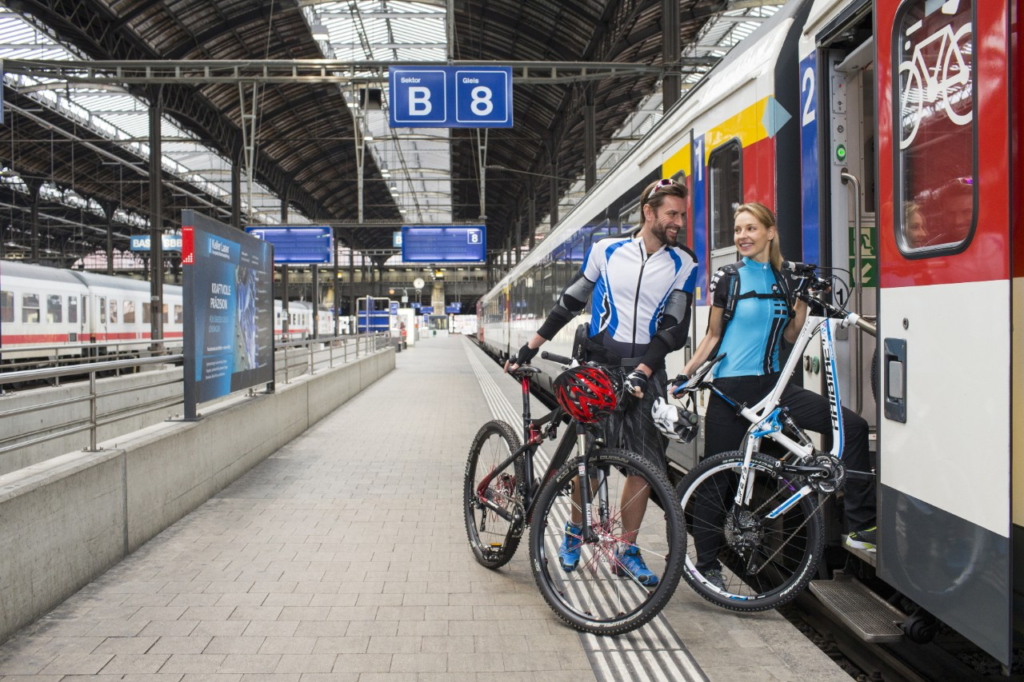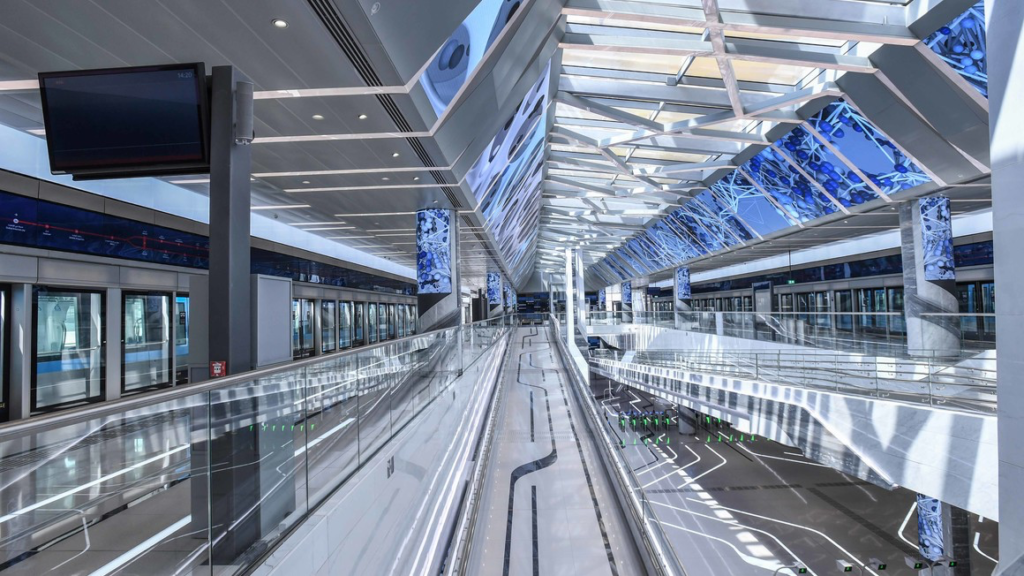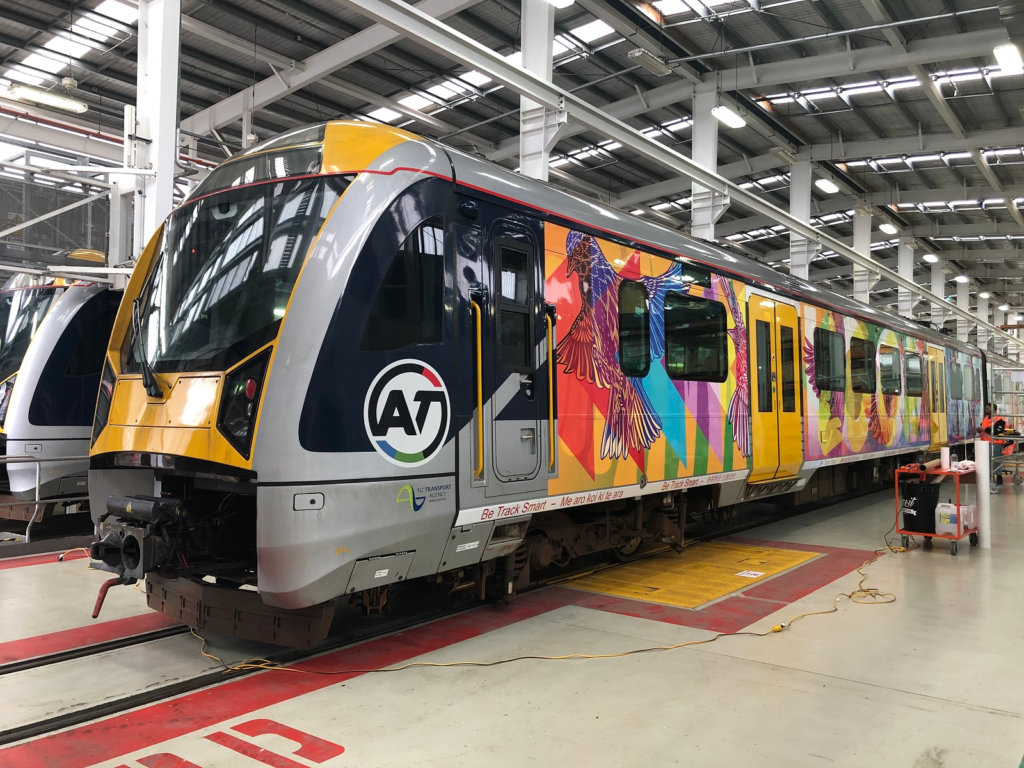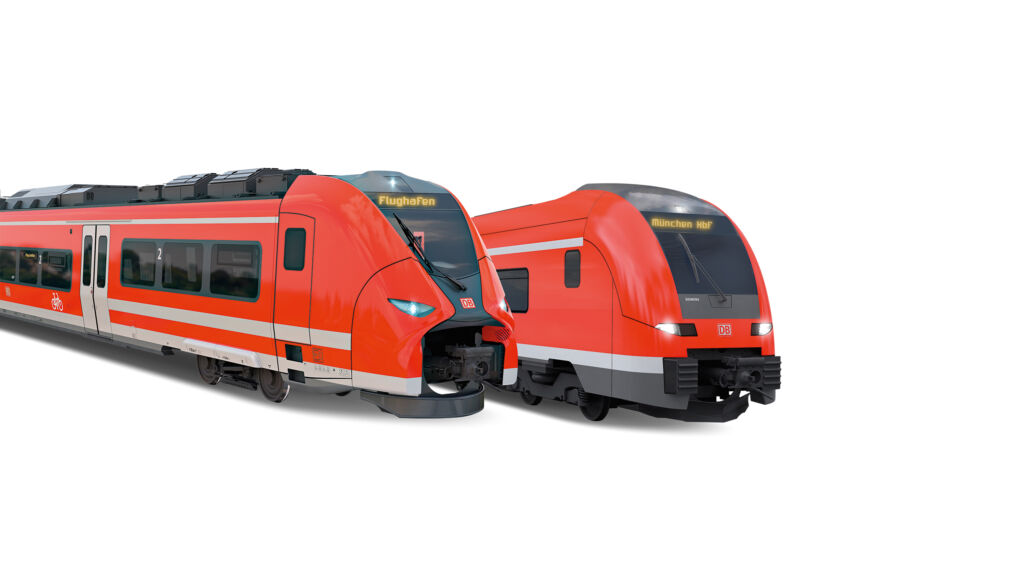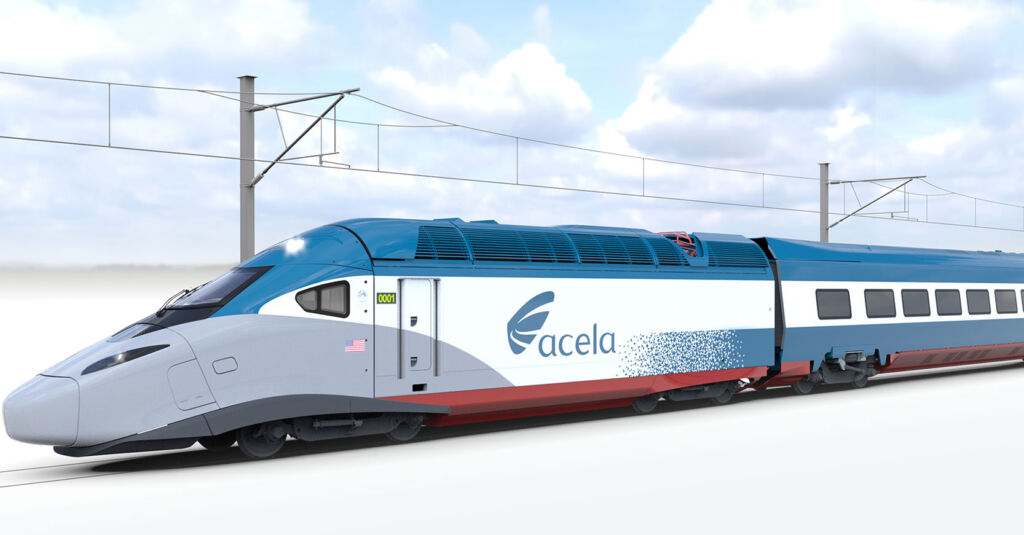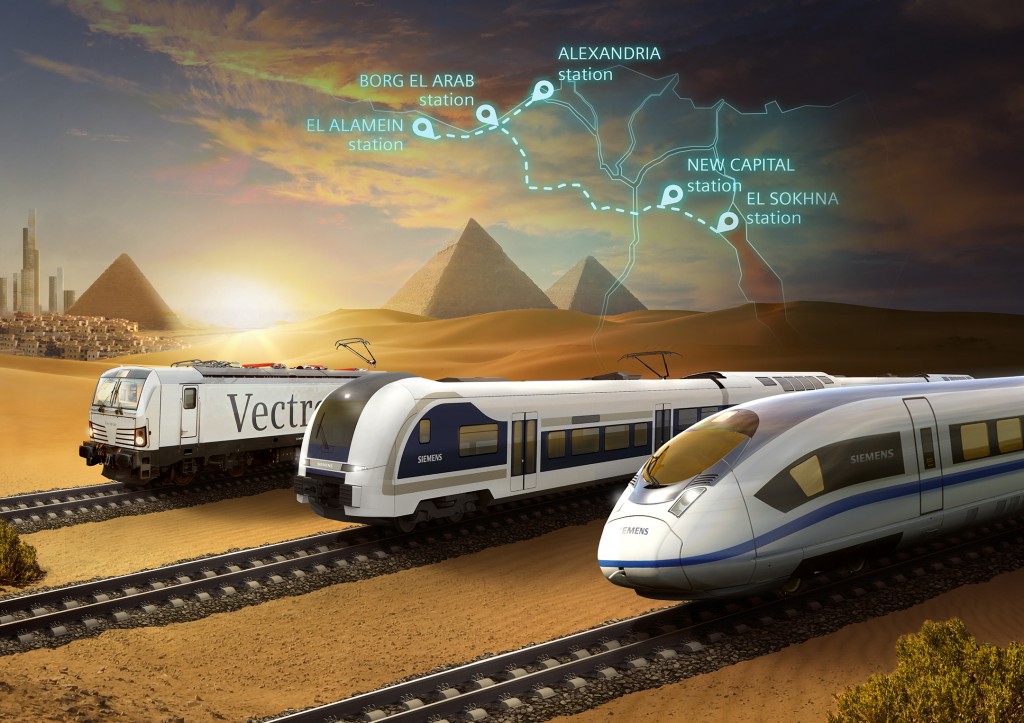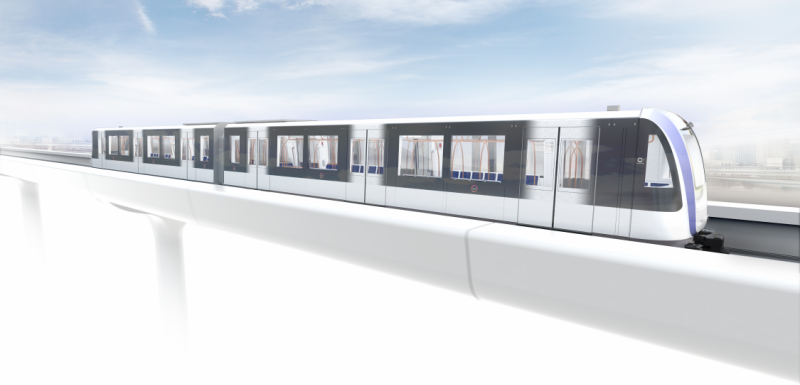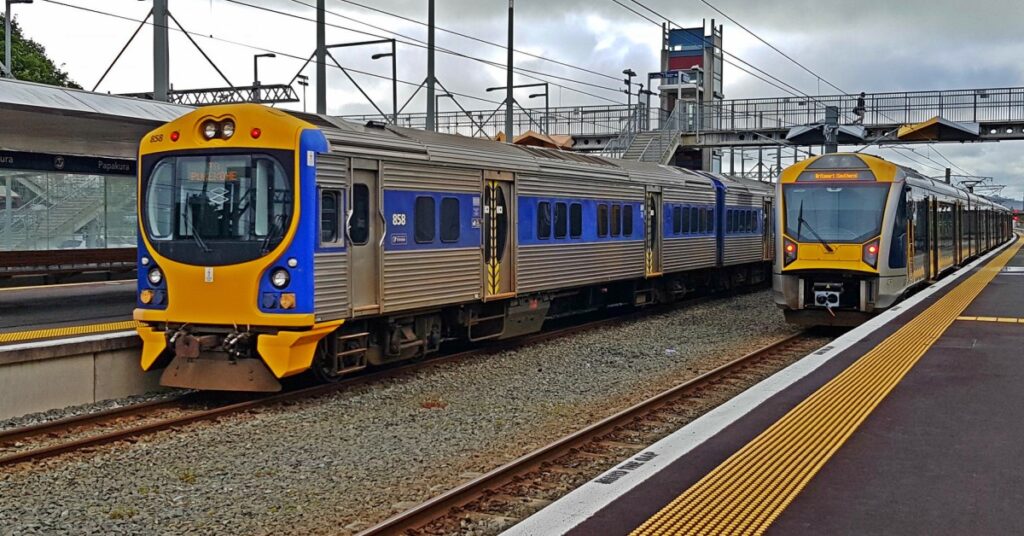SBB Swiss Rail to Offer Customers with Bicycles More Space and Reliability
SBB is improving its services for travelling with bicycles for the 2021 cycling season. It is taking this step in response to strong demand and to insufficient capacity last summer. On key leisure travel lines…
